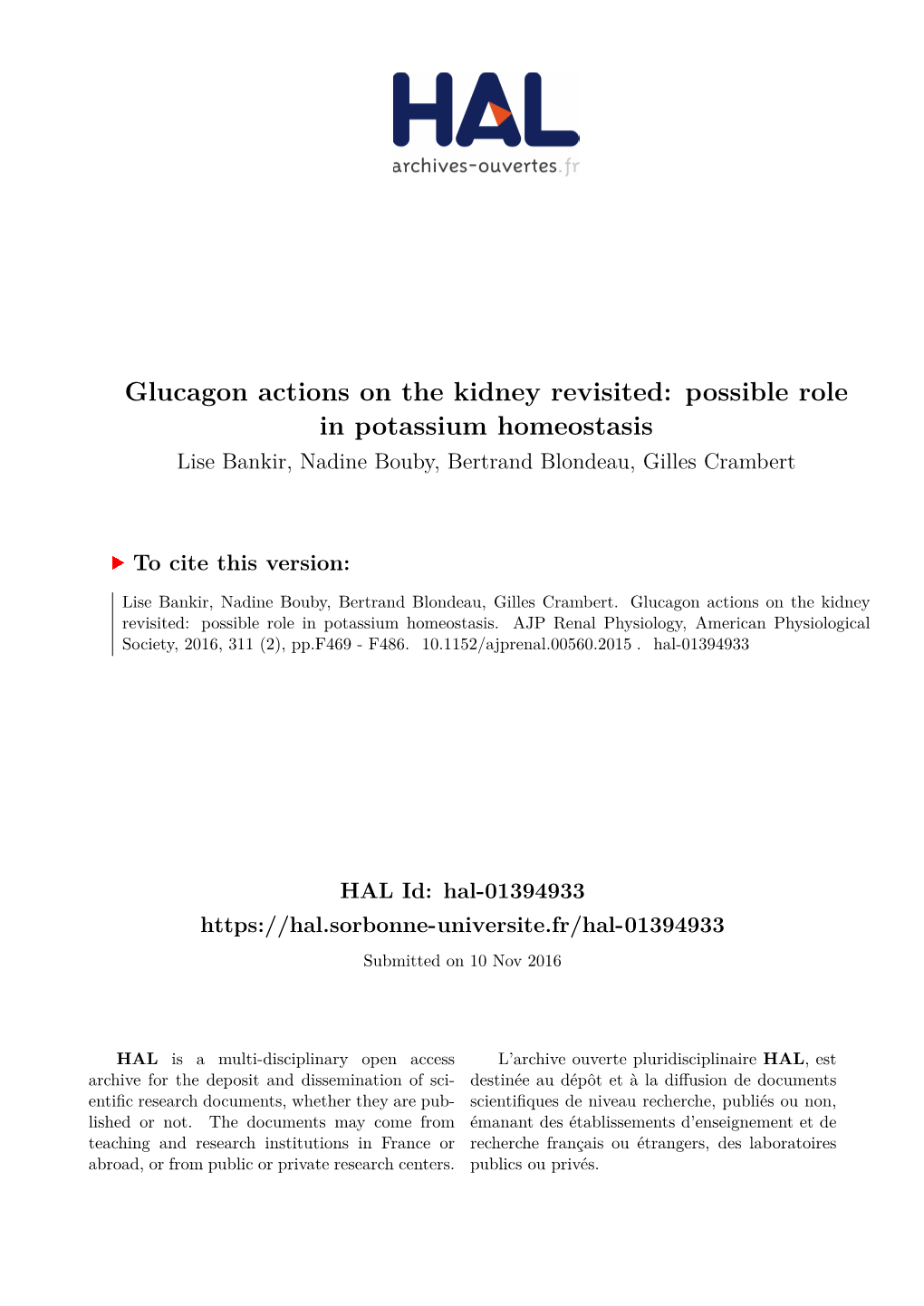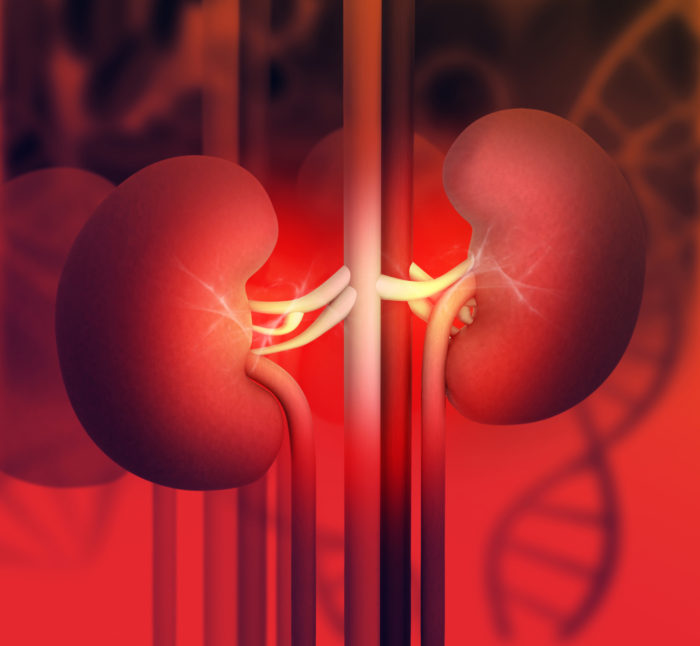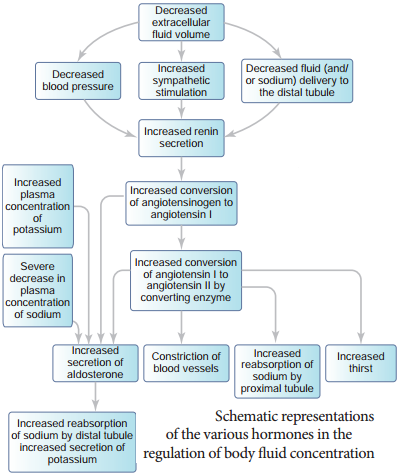The Actions Of The Kidney Include Regulation Of
The actions of the kidney include regulation of various vital functions in the human body. This organ plays a crucial role in maintaining overall health and homeostasis. Let's explore the different aspects of the kidney's regulatory functions.
1. Regulation of Water Balance

The kidney plays a significant role in maintaining water balance within the body. It ensures that the body doesn't lose or retain excessive amounts of water by regulating urine production. The kidneys receive information about the body's hydration status and adjust urine concentration accordingly. They reabsorb or excrete water and electrolytes to maintain proper fluid balance.
2. Regulation of Blood Pressure

The kidney contributes to the regulation of blood pressure by controlling the volume of blood and the concentration of certain electrolytes in the bloodstream. Through the renin-angiotensin-aldosterone system, the kidneys release hormones that cause blood vessels to constrict and stimulate the reabsorption of sodium and water, thereby increasing blood pressure. Conversely, when blood pressure is high, the kidneys can excrete excess sodium and water, helping to lower blood pressure.
3. Regulation of Acid-Base Balance

Another crucial function of the kidney is the regulation of pH balance in the body. It helps maintain the delicate acid-base balance by excreting acidic or alkaline urine, depending on the body's needs. The kidneys filter out excess hydrogen ions and reabsorb bicarbonate ions to regulate blood pH levels. This process plays a vital role in preventing acidosis or alkalosis from occurring.
FAQs:
Q: How do the kidneys regulate water balance?
A: The kidneys regulate water balance by adjusting urine concentration. They reabsorb or excrete water and electrolytes to maintain proper fluid balance within the body.
Q: What is the role of the renin-angiotensin-aldosterone system in blood pressure regulation?
A: The renin-angiotensin-aldosterone system controls blood pressure by causing blood vessels to constrict and stimulating the reabsorption of sodium and water. This mechanism helps increase blood volume and subsequently raises blood pressure.
Q: How do the kidneys maintain acid-base balance?
A: The kidneys help regulate acid-base balance by excreting excess hydrogen ions and reabsorbing bicarbonate ions. This process ensures that the blood pH remains within the normal range, preventing acidosis or alkalosis.
In conclusion, the kidney is a vital organ responsible for regulating water balance, blood pressure, and acid-base balance in the human body. Understanding the functions of the kidney and how it contributes to overall physiological stability is crucial for maintaining optimal health.
(PDF) A Knowledge Base Of Vasopressin Actions In Kidney.
 Image Source : www.researchgate.net
Image Source : www.researchgate.net Extrinsic Regulation Of Kidney Function - YouTube
 Image Source : www.youtube.com
Image Source : www.youtube.com kidney regulation function
Glucagon Actions On The Kidney Revisited: Possible Role In Potassium
 Image Source : docslib.org
Image Source : docslib.org REGULATION OF KIDNEY FUNCTION - YouTube
 Image Source : www.youtube.com
Image Source : www.youtube.com PPI Kidney Side Effects Include Chronic Kidney Disease, Says Woman's
 Image Source : topclassactions.com
Image Source : topclassactions.com Regulation Of Kidney Function
 Image Source : www.learninsta.com
Image Source : www.learninsta.com regulation
Regulation Of Kidney Function - YouTube
 Image Source : www.youtube.com
Image Source : www.youtube.com kidney regulation function
Prilosec Side Effects Can Include Kidney Damage - Top Class Actions
 Image Source : topclassactions.com
Image Source : topclassactions.com (pdf) a knowledge base of vasopressin actions in kidney.. Extrinsic regulation of kidney function. Kidney regulation function. Regulation of kidney function. Regulation of kidney function